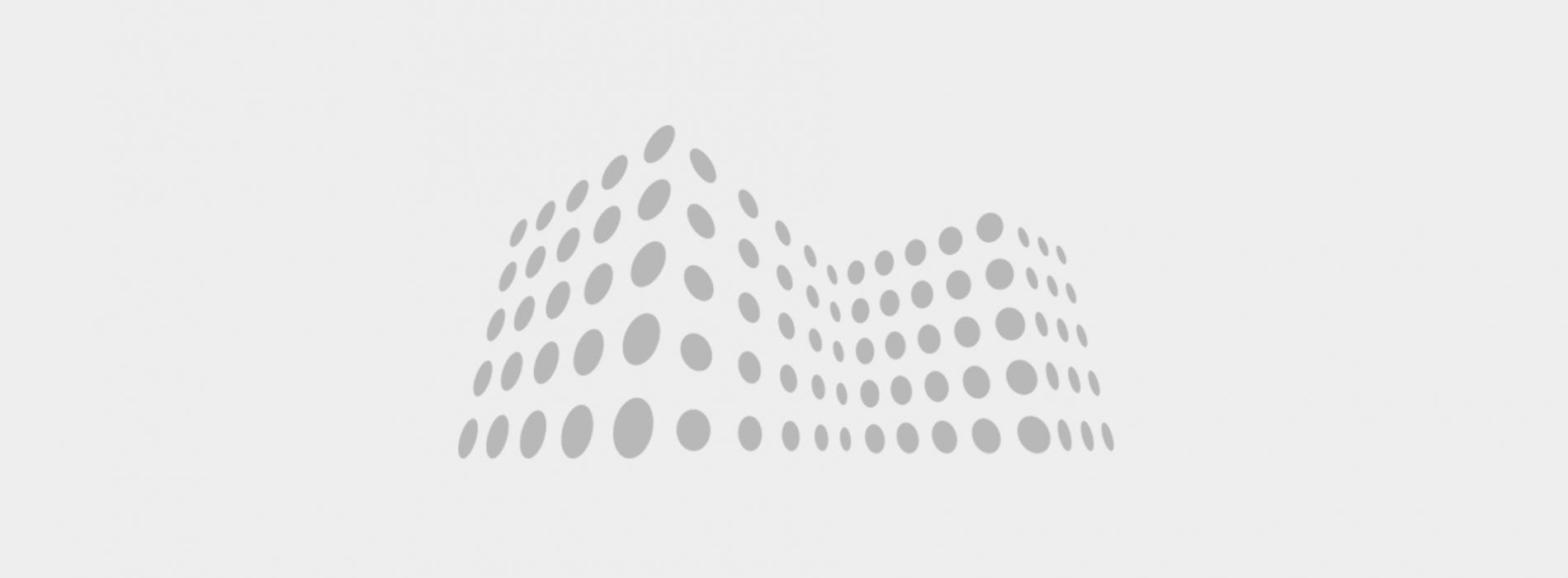
 News
News
GliaPharm receives support from Innosuisse for a project to develop specific cell therapy to treat neurological diseases
GliaPharm, based at Campus Biotech, together with laboratory directed by Prof. Jean-Louis Raymond at the University of Bern and laboratory directed by Prof. Andrea Volterra at the University of Lausanne, received funding from Innosuisse for a collaborative project aiming at developing specific cell therapy to treat neurological diseases. GliaPharm will be the industrial implementation partner of this project in the field of pharmaceutical discipline.
The project’s goal is to develop chimeric structure of astrocytic specific chaperone, together with GliaPharm’s lead molecules. These new molecules will be designed by Prof. Raymond, evaluated by Prof. Volterra in preclinical mouse models, including refractory epilepsy, while their potency as drugs will be tested in GliaPharm’s laboratory.
GliaPharm is a Swiss biotechnology company that develops treatments for neurological and psychiatric disorders. GliaPharm's innovative therapeutic approach is to target glial cells, the 'support cells' of neurons, to sustain and enhance brain metabolism in pathological conditions. GliaPharm’s vision is to become a leading biotechnology company with a focus on glia-mediated pathways as agents for neuroprotection and maintenance of cognitive functions. More info here.
Prof. Jean-Louis Raymond is a Professor at the Department of Chemistry, Biochemistry and Pharmaceutical Sciences of the University of Bern. Prof. Raymond’s current research includes computer-aided drug design based on virtual library generation and screening and the development of peptide dendrimers as artificial proteins. Their goal is to explore chemical space to discover new bioactive molecules. More info here.
Prof. Andrea Volterra is a Professor at the Department of Fundamental Neurosciences of the University of Lausanne. Prof. Volterra’s research field is astrocyte-neuron communication and its implication in synaptic integration and the pathogenesis of neuropsychiatric disorders, to which he contributed some of the seminal work in the last twenty years. His most recent work, using a multidisciplinary approach and novel imaging technologies, is engaged in decoding the language of astrocytes in cognitive function and dysfunction. More info here.